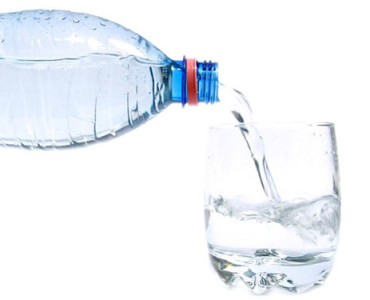
Water purification can be of chemical type or bacteriological, the chemical aspect that is not within the rules of drinking water is treated according to the type of pollutant through quartz filters, zeolites, ion exchange resins and through reverse osmosis, while the appearance bacteriological can be treated via the dosage of oxidants such as chlorine, ozone, chlorine dioxide, etc. anolite. Everything depends on the bacterial load and the type of bacteria that you have to break down.
In the event of pollution caused by legionella will need to perform an inspection to assess the most suitable sanitization of the lines and the most suitable product for maintenance.
In any case it is always necessary both chemical and bacteriological analysis carried out by a specialized laboratory
| TYPE OF CHEMICAL POLLUTION | TYPE OF TREATMENT (the cheapest and most effective on the basis of chemical pollution) |
| Arsenic (III – V) (limit <10 ppb) | Through column resins suitable absorption of this metal, the column is sized according to the flow rate required, (eg, for an hourly capacity of 1 liter / min. Need 4 liters of resin and have a holding capacity of about 50000 lt of water at lower values??. than 10 ppb to 50 ppb with an input, the resin must be disposed of at end of cycle. |
| Nitrates (limit 50 ppm) | The nitrates are removed via a selective resin, the cycle and the amount of resin depends on the required flow rate and the amount of nitrate and sulfate in the feed. The resin is regenerated with sodium chloride. |
| Ammonia (limit <0,5 ppm) | The ammonia from drinking water it is possible to remove it through some resins that regenerate with sodium chloride, the amount of zeolite is calculated according to the required flow rate and according to the quantity of ammonia in the water to be treated. |
| Iron and Manganese (limit Fe <0,2 ppm Mn <50 ppb) | The iron and manganese can be removed in various ways, the most simple (if the amount does not exceed 4 ppm) is to oxidation by sodium hypochlorite and retention through pyrolusite, the dimensioning must be made knowing the hourly flow rate request , the availability of a contact tank upstream of the system and the amount of iron and manganese in the water to be treated |
| Turbidity, suspended solids (limit SS <80 ppm) | Turbidity is simply reducible with sand filters or cartridge, it is always necessary to have an analysis of NTU or suspended solids to size a filter in addition to knowing the hourly output required. |
| Chlorides (limit <250 ppm) | The chlorides are reducible with the reverse osmosis system, for the design of a RO is always required a complete analysis of the water to be treated and the daily consumption of water used by the users |
| Sulfates (limit <250 ppm) | The sulphates are reducible with the reverse osmosis system for the dimensioning of a osmosis is always required a complete analysis of the water to be treated and the daily consumption of water used by the users. If the sulfates were slightly higher than the limit and chlorides are low, you can remove them by selective resins, even in this case it is necessary a complete analysis and instant fuel consumption time. |
| SDI colloids | Colloids are a problem for the treatments reverse osmosis, if the value of SDI (this value must be less than 2.5 to be a water suitable for feeding to an osmosis) is less than 15, the easiest way to bring it down is to use a particular system with a quartz filter, SDC system, otherwise you have to go on a treatment of ultrafiltration. |



